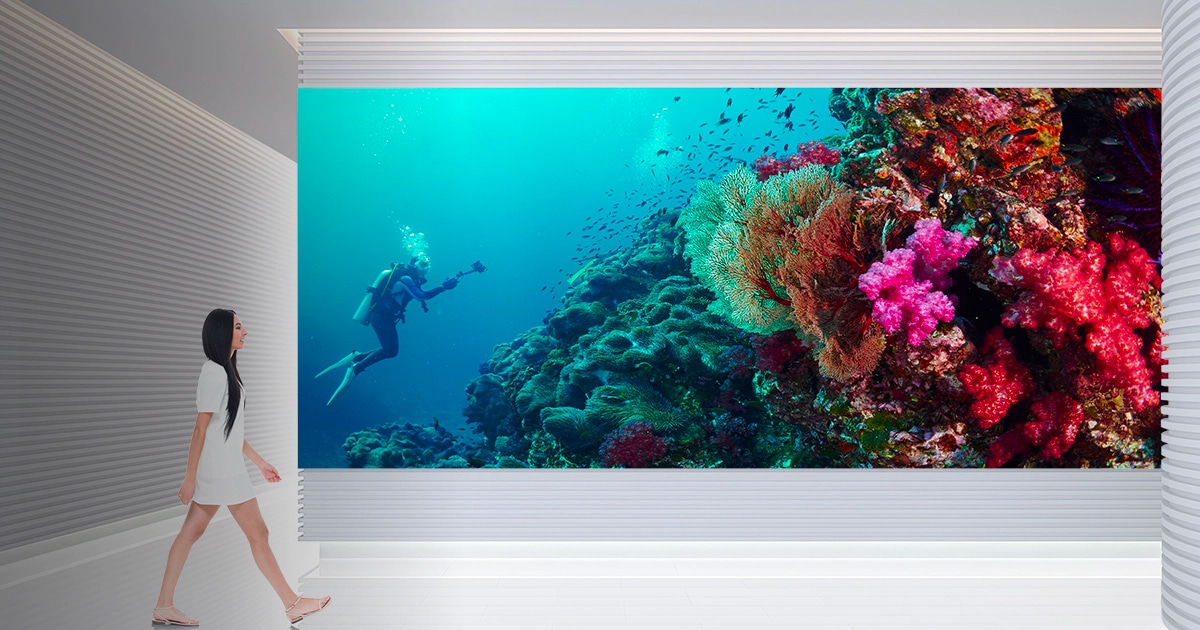Mastering Color Accuracy in Light Emitting Diode Wall Adjustment for Breathtaking Visual Presentations
Mastering Color Accuracy in Light Emitting Diode Wall Adjustment for Breathtaking Visual Presentations
Blog Article
Hue accuracy is essential for creating stunning graphic displays, particularly when employing LED walls. These large screens are commonly found in places like concert venues, sports arenas, and promotional billboards. When the hues on an LED wall are not accurate, the visuals can look flat or warped, which can impact the total experience for viewers. Therefore, mastering color precision in LED screen tuning is vital for achieving lively and true-to-life visuals.
The first step in guaranteeing color precision is comprehending how LED technology works. LEDs, or light-emitting diodes, produce light in various colors by combining red, green, and blue (RGB) light. Each dot on an LED screen is made up of these three hues. When tuned properly, the combination of RGB can create a wide range of colors. However, if one hue is too intense or too dim, it can throw off the entire display. This is why tuning is necessary to balance the colors and achieve the desired graphic result.
Tuning entails adjusting the configurations of the LED wall to make sure that the hues displayed correspond the initial material as nearby as possible. This procedure usually includes using specific software and hardware instruments. Technicians often use color assessment devices, such as spectrophotometers, to analyze the hues being displayed. By comparing the measured hues to standard color standards, they can make exact adjustments. This guarantees that the hues are not only vibrant but also consistent across the entire display.
Another important factor of color precision is comprehending the environment in which the LED screen important source is employed. Factors such as surrounding light can significantly impact how hues appear. For example, a brightly illuminated room may wash out colors, making them look less lively. To mitigate this, technicians may adjust the brightness and differentiation settings of the LED screen. Additionally, they may choose particular color profiles that are more suited for different lighting environments. This flexibility helps preserve color precision irrespective of the viewing environment.
Finally, regular upkeep and re-tuning are crucial for keeping an LED wall looking its finest. Over time, the performance of LEDs can change due to factors like aging and heat fluctuations. Regular checks and modifications can help guarantee that the colors stay correct and vibrant. By investing time in appropriate calibration and maintenance, venues can offer audiences with stunning graphic presentations that improve their total experience. Mastering color precision in LED wall calibration is not just a mechanical task; it is an art that adds to the magic of visual narration.